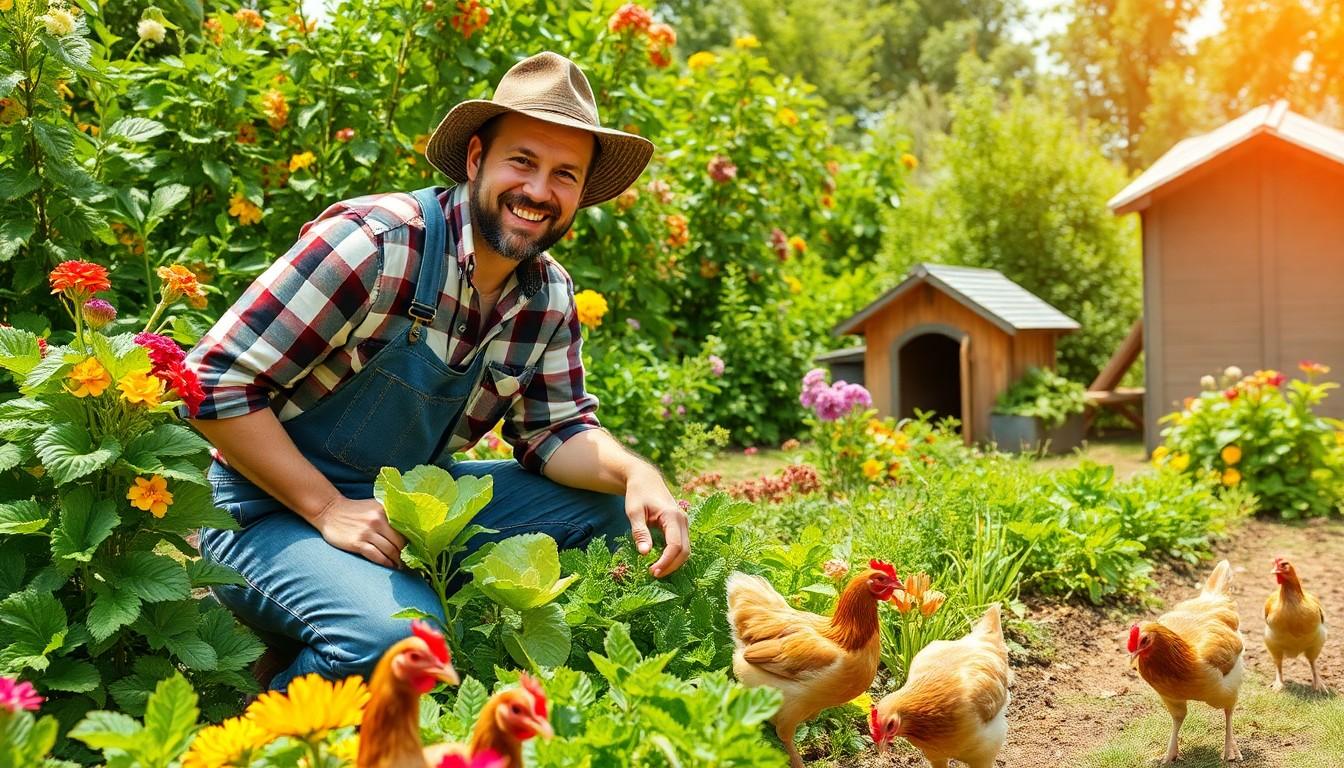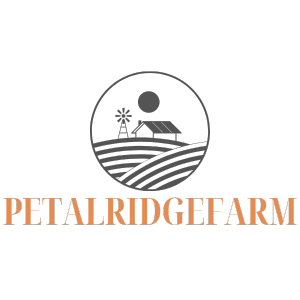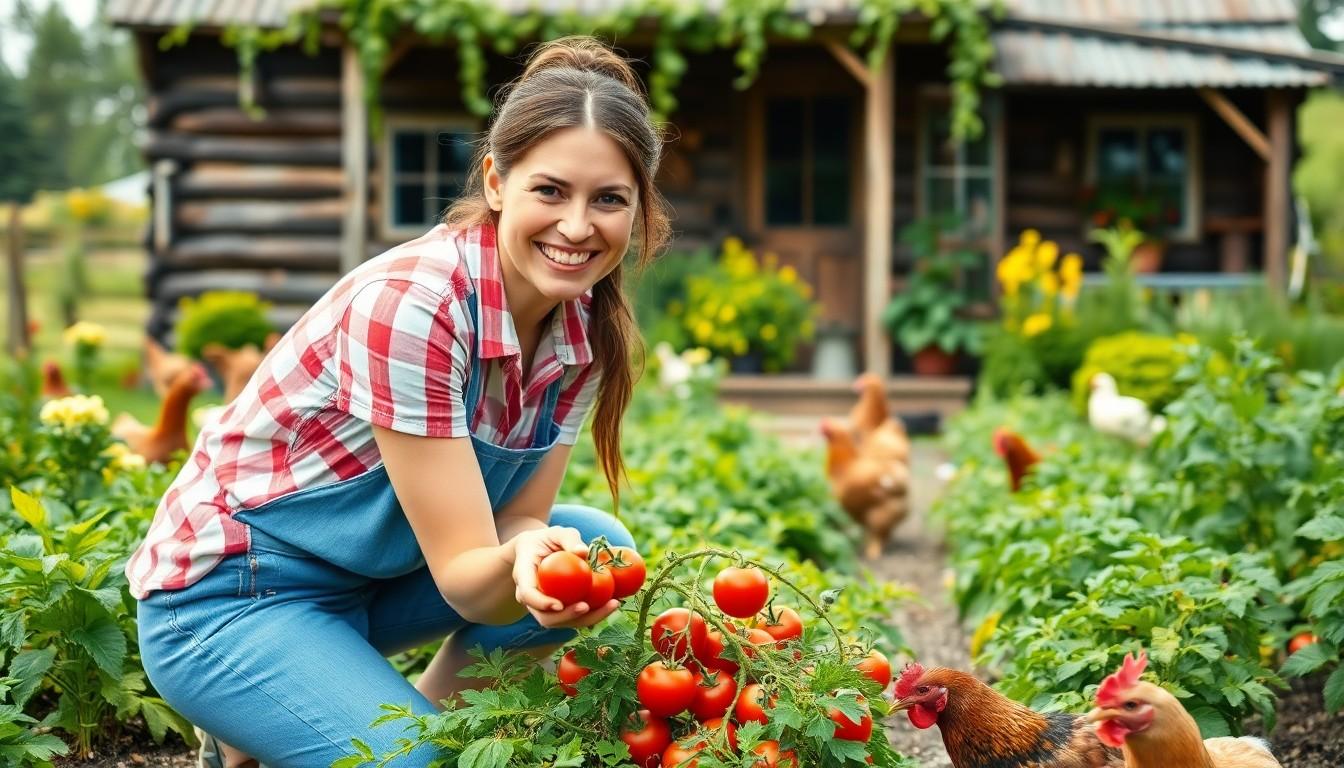Imagine waking up to the sound of roosters crowing and the smell of fresh coffee brewing, all while surrounded by a picturesque landscape of rolling hills and charming farm animals. Little farmstead living isn’t just a lifestyle; it’s a delightful escape from the hustle and bustle of city life. It’s where the grass is greener, the eggs are fresher, and the neighbors are always ready to lend a hand—or a goat.
In this cozy world, self-sufficiency reigns supreme, and every day brings new adventures. From growing your own vegetables to tending to a few quirky chickens, little farmstead living offers a unique blend of hard work and heartwarming moments. So grab your overalls and let’s explore how this enchanting lifestyle can transform not just your home but your entire outlook on life. Who knew that a little dirt could lead to so much joy?
Little Farmstead Living
Little farmstead living represents a lifestyle rooted in self-sufficiency and a close relationship with nature. This approach often involves smaller-scale farming, where individuals or families cultivate their food, raise livestock, and engage in sustainable practices. People who embrace this lifestyle enjoy growing vegetables, fruits, and herbs while minimizing their reliance on commercial production.
Living on a little farmstead offers numerous benefits. Fresh produce becomes a daily part of life, enhancing health and wellness. Regular interaction with animals fosters a sense of responsibility and companionship. Gardening provides both physical activity and mental relaxation, making it a rewarding experience.
Community often thrives in these settings as well. Neighbors frequently exchange goods, share tools, and offer advice, creating a supportive network. Farmstead living encourages connection, both with the environment and local communities.
Environmental sustainability plays a significant role in little farmstead living. Practices like composting, crop rotation, and permaculture reduce waste and promote ecological balance. Many people find satisfaction in maintaining a low-impact lifestyle that honors the land.
This lifestyle may also lead to financial savings. By growing food, individuals reduce grocery expenses and potentially eliminate the need for processed goods. Shedding the trappings of modern consumerism often simplifies life.
In essence, little farmstead living embodies a blend of hard work, joy, and fulfillment. Participants find value in getting closer to their food sources and adopting a slower pace of life. Embracing this way of living brings a fresh perspective and enhances overall well-being.
Benefits of Little Farmstead Living

Little farmstead living provides an array of advantages that enrich daily life and promote well-being. This lifestyle cultivates strong connections with nature, health, and community.
Sustainable Practices
Sustainable practices lie at the heart of little farmstead living. Composting enhances soil health, promoting nutrient-rich gardens. Rainwater harvesting conserves precious water resources. Using permaculture designs fosters biodiversity and resilience against pests. Growing food organically ensures no harmful chemicals enter homes or the environment. Wildlife habitats thrive through responsible land use, contributing to ecological balance. Neighbors often engage in cooperative practices, sharing resources and skills that strengthen community ties.
Healthier Lifestyle
A healthier lifestyle emerges from little farmstead living. Fresh produce from gardens boosts nutrition and reduces reliance on processed foods. Physical activities such as planting, harvesting, and caring for animals promote fitness, benefiting overall wellness. Emotional well-being improves with time spent outdoors, connecting with nature, and nurturing plants and animals. Mindful practices, such as meditation in serene surroundings, enhance mental clarity. Joining local markets or community-supported agriculture programs fosters social connections, enriching life even further.
Getting Started with Little Farmstead Living
Embarking on little farmstead living requires thoughtful planning and consideration. Key elements include location and design, which significantly impact the overall success of the farmstead.
Choosing the Right Location
Selecting the right location sets the foundation for a successful farmstead. Ideally, this site should provide ample sunlight, sufficient water access, and fertile soil for growing crops. Proximity to local markets enhances convenience for selling produce. Evaluating zoning regulations ensures there’s compliance with local laws for livestock and farming practices. Accessibility to essential services, such as medical facilities or feed supplies, facilitates smooth daily operations. Community support is vital, as friendly neighbors can offer resources or assistance when challenges arise.
Designing Your Farmstead
Effective design promotes functionality and aesthetic appeal. Start by organizing garden plots, animal enclosures, and storage spaces for tools. Establishing zones based on purpose allows for efficient workflow in daily tasks. Incorporating sustainable practices, such as rainwater harvesting systems, optimizes resource use while protecting the environment. Aesthetic considerations, including paths, flower beds, or ornamental features, create a welcoming atmosphere. Flexibility in design allows adaptation to changing needs or goals over time, ensuring the farmstead evolves effectively. Ultimately, a well-thought-out design supports a thriving little farmstead lifestyle.
Essential Skills for Little Farmstead Living
Little farmstead living relies on various practical skills that enhance self-sufficiency. Mastering these essential skills transforms daily life and fosters a deeper connection with the land.
Gardening and Crop Management
Planning garden layout significantly improves yield. Crops should rotate each season to maintain soil health. Utilizing companion planting supports pest control and promotes growth. Organic gardening techniques enhance nutrient density while reducing harmful chemicals. Seasonal planting ensures a steady supply of fresh produce year-round. Regularly monitoring moisture and soil conditions informs irrigation practices, while composting enriches the soil. Engaging in these gardening practices cultivates a sustainable food source that nourishes families and communities.
Animal Husbandry
Understanding animal behaviors ensures proper care and management. Choosing suitable livestock breeds aligns with specific climate and space requirements. Daily feeding and watering establish consistent routines, promoting animal well-being. Regular health checks prevent disease and enhance productivity. Creating secure enclosures protects animals from predators and provides comfort. Learning to milk, shear, or collect eggs empowers individuals to utilize livestock efficiently. This knowledge leads to the ability to produce quality food and fosters bonds between owner and animals.
Enriching Journey
Little farmstead living offers a unique opportunity to reconnect with nature and embrace a fulfilling lifestyle. By cultivating fresh produce and caring for animals, individuals and families can enjoy the rewards of self-sufficiency and community engagement. This way of life not only promotes physical health through nutritious food but also enhances emotional well-being through meaningful outdoor experiences.
As more people seek balance in their lives, the charm of little farmstead living continues to grow. With thoughtful planning and a commitment to sustainable practices, anyone can embark on this enriching journey. Ultimately, it’s about finding joy in simplicity and fostering a deeper connection with the land and those around them.

